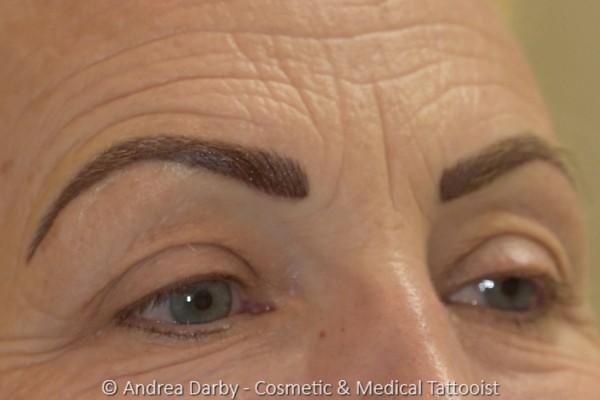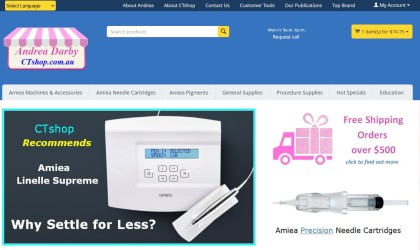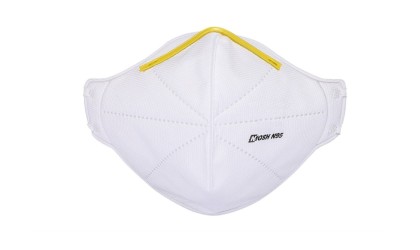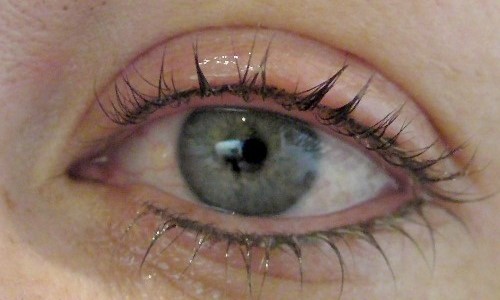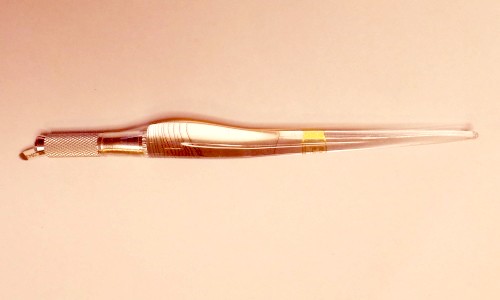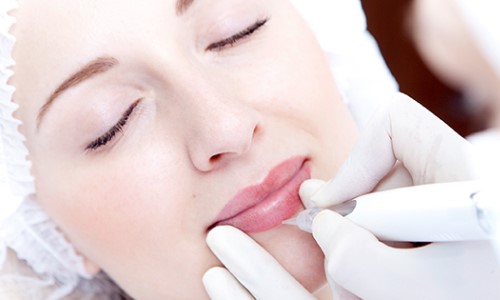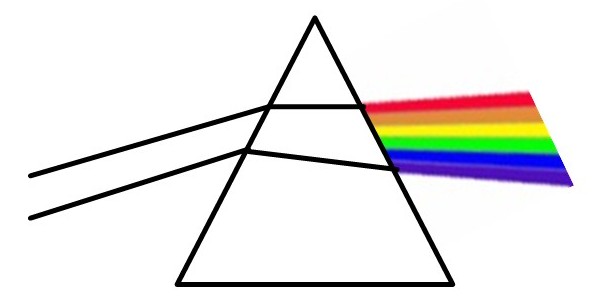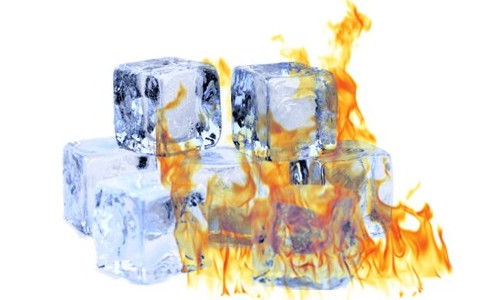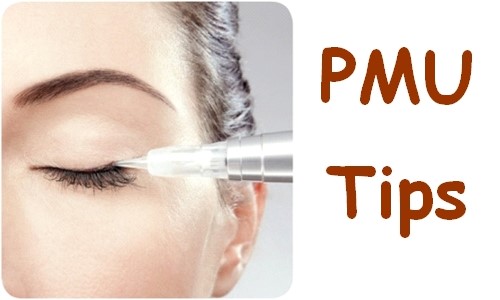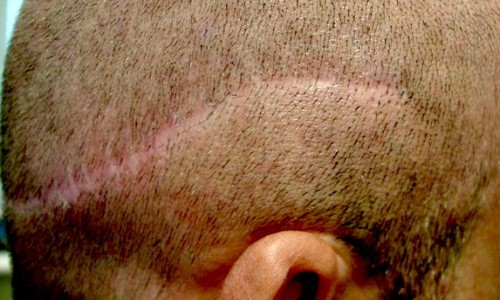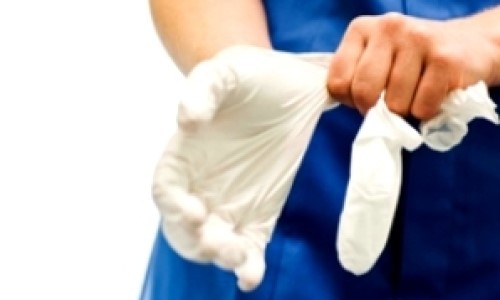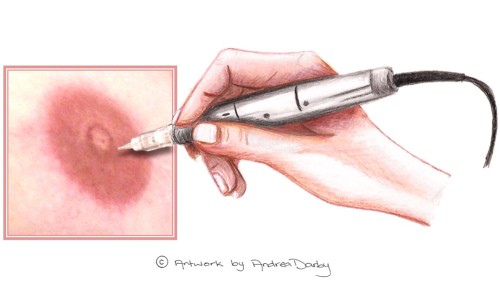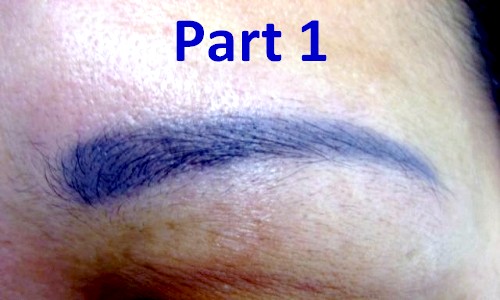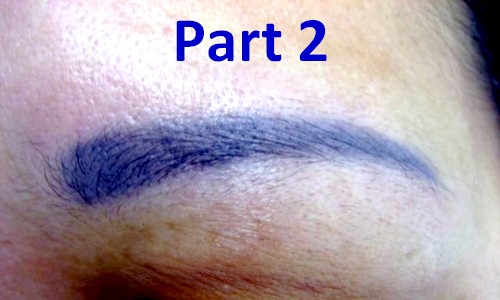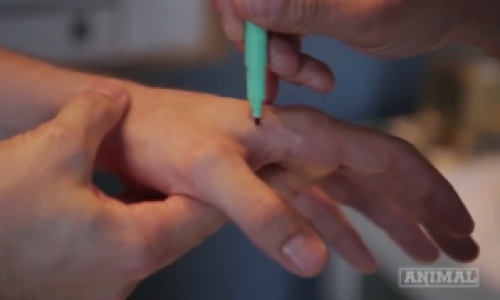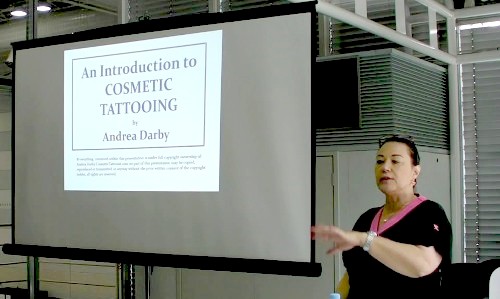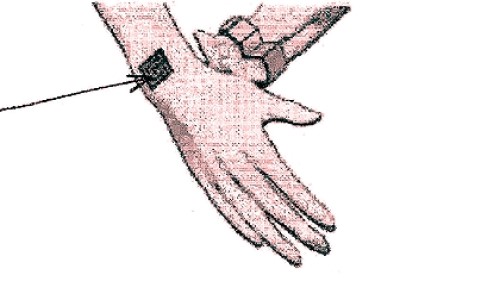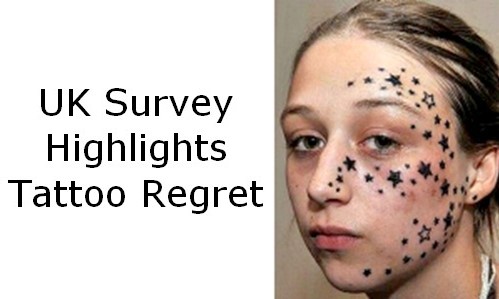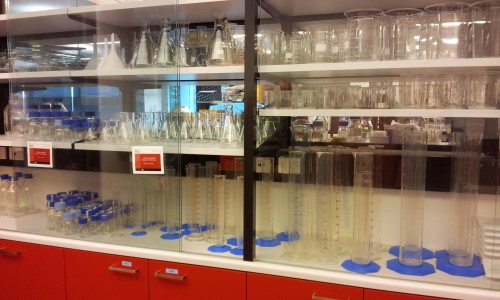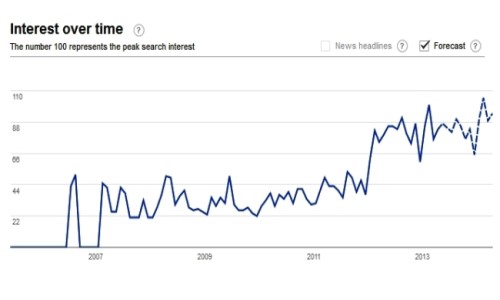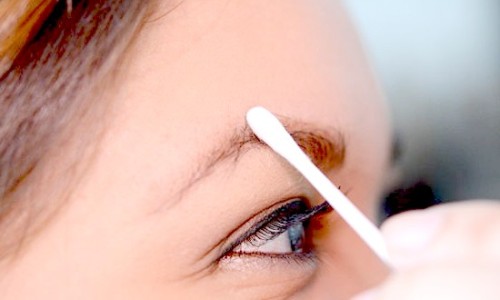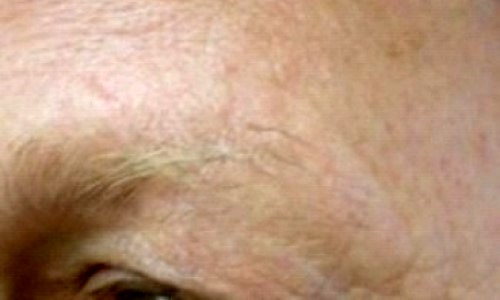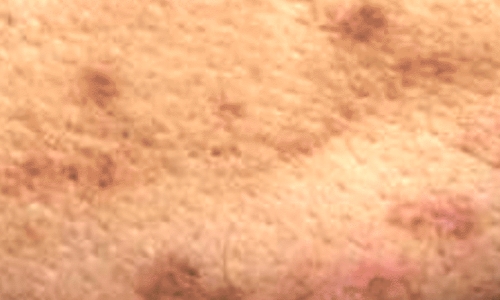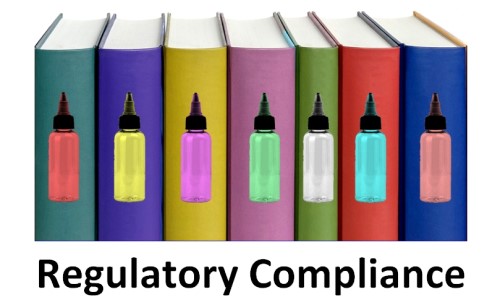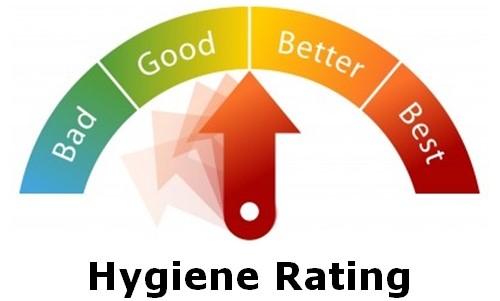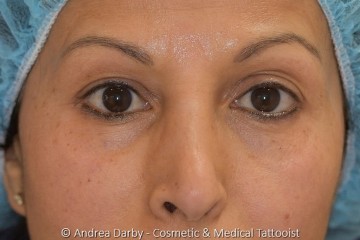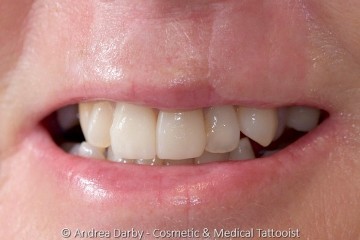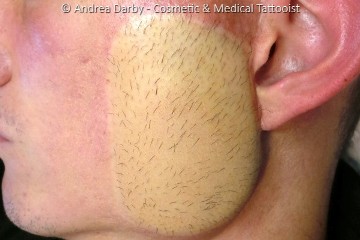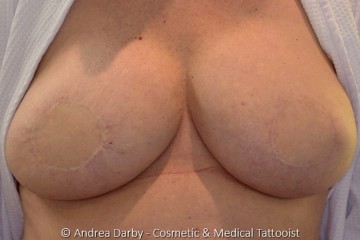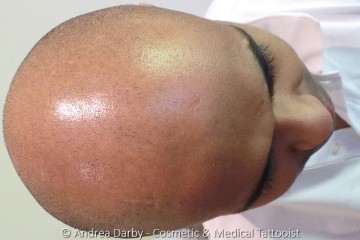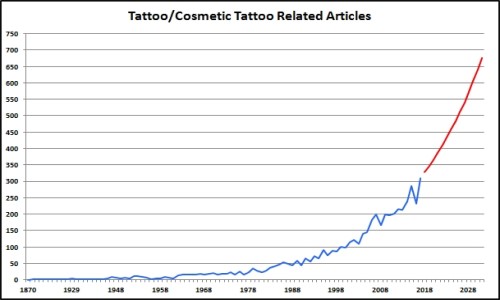Cart is empty
Camouflage & Corrections - Case 2
23/11/2022
by Andrea Darby - Master Medical Tattooist & Industry Educator
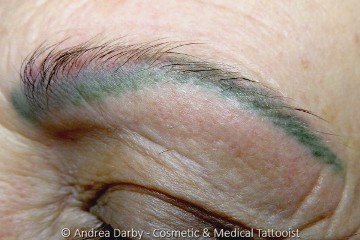
In this BEFORE photo the client had previously had eyebrows tattooing
by another technician and over time the tattoo pigment had changed to a vibrant
greenish colour, some technicians may claim that green brows cannot be colour
corrected, in this example I show how correction can be accomplished. ...
▼ Continue Reading ▼
|
Restorative/Camouflage Tattooing (Case 2) |
||||||||||
|
Client Information |
||||||||||
|
Can Brows with a Green Colour Change be Corrected
with Tattooing? |
||||||||||
| Fitzpatrick Skin Type: I | ||||||||||
|
||||||||||
| Hair Colour: Light Blonde | ||||||||||
|
||||||||||
|
Before Photo |
||||||||||
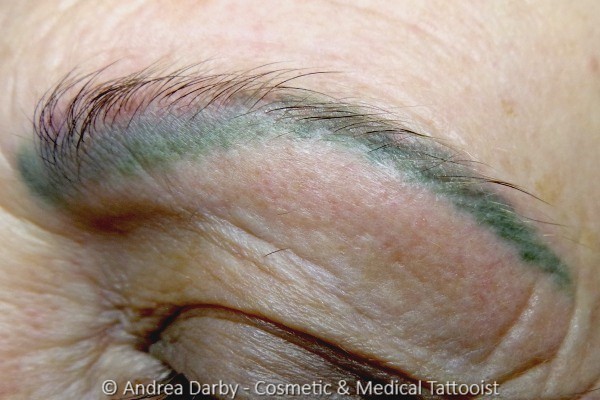 |
||||||||||
|
After Photo - (healed 6 weeks after first procedure) |
||||||||||
|
||||||||||
|
Comments: The challenge with this particular case was several corrective/restorative requirements were identified and tackled over successive procedures;
What Might Cause a Green Colour Shift after Tattooing in Some Cases?
If a body art pigment had been used by the original tattooist then I
would not have attempted a colour correction as migration would have
been much more likely with these types of colourants and they also tend
to bloom through colour correction attempts.
NB. Chromium Oxide can vary in colour between black, blue, green,
yellow and orange depending on the oxidation state of the individual
chemical, Cr2O3 tends to be a green or slightly bluish green colour and
chemicals such as Ammonia and Hydrogen Peroxide might affect the
oxidation state of Chromium Oxide. |
||||||||||
|
Equipment & Products |
||||||||||
|
Consumables: |
Procedural Consumables
Often technicians claim to be using 'sterile technique' or 'aseptic technique' for a cosmetic tattoo service when in fact the products being use are not of those standards. Aseptic technique involves the compliance with specific standards, the use of a particular grade of consumable supplies and the use of hygiene barriers wherever possible. For example a procedure can hardly be claimed to be 'aseptic technique' if un-sterile gloves or un-sterile gauze are used during a service to wipe tattooed skin or if food handling protective equipment is used instead of the appropriate use of Personal Protective Equipment (PPE) as recommended by health authorities. If a cosmetic tattoo store is offering food handling mouth shields for sale it is a fair indication that they do not understand the difference between the kind of PPE required for Cosmetic Tattooing to protect the client and the technician vs. those used in the food industry. For this reason I recommend that technicians are not misled into purchasing products that are inappropriate for use during a skin penetration service by suppliers who do not hold the necessary qualifications to make these kinds of recommendations, ideally this kind of advice is provided by a supervising Registered Health Professional. |
|||||||||
|
Device: |
Amiea Microprocessor Controlled Digital Machines Any serious full time cosmetic tattooist will have 2-3 or more devices to choose from when providing client services and at least 2 hand pieces for each device, leading technicians and educators such as myself will often have 5-10 devices that are all used for different purposes. Most of us will have a go-to device that is our day to day workhorse for the majority of procedures and mine is the Amiea Linelle Supreme I have used them all at one time or another over the years and the Linelle Supreme always comes out at top of the list. |
|||||||||
|
Needle Profiles: |
Creatips for Amiea Digital Machine |
|||||||||
|
Pigments: |
Amiea Pigments Procedure 1
For the vast majority of Cosmetic Tattoo procedures I advise against mixing pigment colours together as there is a risk of creating a 'mud mix' this is a muddy brown/blue/grey colour that can result from mixing colours unnecessarily, however for some specialised procedures such as this particular case the blending of a range of colours is required for an optimal result. Many Cosmetic Tattoo Technicians seem completely unaware of the legal requirements related to manufacturing or importation of pigments into Australia, a recent survey by our Chemical Regulator the Australian Industrial Chemicals Introduction Scheme "AICIS" formerly known as "NICNAS" highlighted that many pigments currently on the market may not be compliant. Before purchasing any cosmetic tattoo pigment always insist that the supplier provides written confirmation that they are registered with AICIS and that they have audited their pigment for compliance with Australian Regulations and they hold product liability insurance, if not you may be taking an enormous risk. The European Commission have tasked their chemicals advisory body ECHA with recommending restrictions on the use of a wide range of chemicals that are currently in use by tattoo pigment manufacturers and the European Community are due to vote on the proposed restrictions in 2019. Some of the Medical Professional Associations have publicly stated that even these proposed new restrictions do not go far enough. Our expert opinion is that much stricter regulations will occur in the EU and these standards will eventually be adopted in many other countries. Some pigment suppliers seem to be totally oblivious to their obligations under the law or the changes that are taking place around the world related to the health and safety of tattoo pigments. In addition to the strict manufacturing standards followed by the PhD chemists at Amiea we independently audit the pigments that we supply for compliance and I recommend that our customers consider carefully the differences between Amiea and alternative brands before making any pigment purchases. You may find our Amiea Pigment Colour Selection Interactive & User Tips are helpful for learning about the Amiea pigment range and for choosing pigments for your client. |
|||||||||
|
Technique: |
Pigment Layering, Sweep, Perfusion and a range specialised needle techniques were utilised for this service. Whilst I am prepared to provide information about equipment and products used for our Case studies free of charge, information about specific techniques are taught during our training sessions and sometimes contained within our various publications that are available for purchase. If you would like to learn a particular technique or if you are struggling with your technique then we suggest that you book a training session with Andrea. |
|||||||||
|
Training: |
Cosmetic Tattoo Training by Andrea Darby Training is the most important investment that a cosmetic tattoo technician can make for the future of their career, it often puzzles me why anyone would think that they can offer services to members of the public for hundreds of dollars without spending an adequate amount of money on their own training in the first instance, the more training and experience the better. On a strictly limited basis I sometimes offer boutique one on one and small class training with an honest desire to provide accurate educational information based upon evidence based practice, and I have conducted rigorous research of the medical and scientific literature related to cosmetic tattooing on an ongoing basis and we have published authoritative articles on a wide range of topics and published them here for our clients and customers. Our articles have been plagiarised by others so often that we had to publish an another article explaining why it is unethical to plagiarise. I have previously trained some of the leading technicians in Australia and internationally, training is based upon the core principles of ethics and best practice together with a genuine desire to assist students with their education with reliable well researched information, click here for further information on training. |
|||||||||
|
Private Client Bookings: |
Cosmetic Tattoo Services by Andrea Darby To make a booking for Cosmetic / Medical Tattoo client services contact Andrea by email. |
|||||||||
 |
Copyright: © 2019 CTshop.com.au All Rights Reserved. No
copying, transmission or reproduction of any of the above content is
permitted without our prior written consent. Disclaimer: The content of this case study should be regarded as general information & is provided solely for the purpose of discussion & is not intended to replace cosmetic tattoo training or medical advice in any instance, always check with a qualified cosmetic tattoo educator and or a qualified medical practitioner before acting on any information regarding cosmetic tattooing or in relation to any medical condition or medical circumstance. This information is not intended to be a 'how to guide' nor to replace recommended comprehensive Training by Andrea Darby it is merely an overview of the kinds of results that can be achieved and the types of equipment and products that were utilized. |
|||||||||
Site News Selection
Educational Article Selection
Regulatory Article Selection
Client Case Studies Selection
Science Library Selection
Complete regrowth of hair following scalp tattooing in a patient with alopecia universalis
31/01/2023
Atypical Intraepidermal Melanocytic Proliferation Masked by a Tattoo: Implications for Tattoo Artist
20/09/2018
Chemical conjunctivitis and diffuse lamellar keratitis after removal of eyelash extensions
26/08/2018
Scarless Breast Reconstruction: Indications and Techniques for Optimizing Aesthetic Outcomes
07/04/2018
High speed ink aggregates are ejected from tattoos during Q‐switched Nd:YAG laser treatments
28/03/2018
Unveiling skin macrophage dynamics explains both tattoo persistence and strenuous removal
08/03/2018
Granulomatous Tattoo reaction with Associated Uveitis successfully treated with methotrexate
08/02/2018
Identification of organic pigments in tattoo inks & permanent make-up using laser mass spectrometry
07/02/2018
Microbiological survey of commercial tattoo and permanent makeup inks available in the United States
03/02/2018

